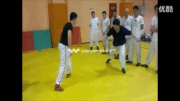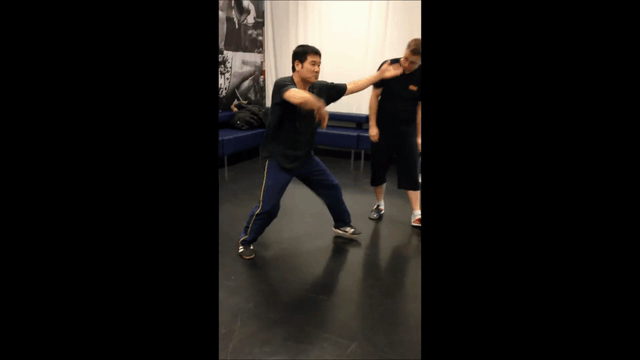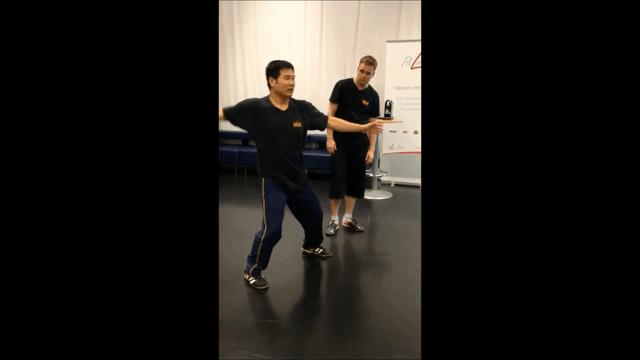In my opinion, it's "internal" if the effort is evenly distributed through as much of the body as possible.
The Daoists also believe this is true, but use it to differentiate their schools from the Weigong classics, which isn't really fair.
It's really an aesthetic difference, literally. Even in a standard boxing jab, energy goes from potential to kinetic through a chain of events that start at the ground and work their way up and forward. Throwing a straight up right cross is also not the TCC way, and they'd say "look, that's an
external strike". And still, the same ground to core to upper body reflex is going down. If it's TCC, it's probably more compact with not so much physical movement required, and the strikes tend to be body oriented vs. long range.
This is something Bagu and TCC (and Xingyi) have in common that makes them physically and visibly similar.
In a TCC sense, the focus on the interior of the body just clicks physically, it's the most important link in the chain, because of where the 3 Dan Tians abide, especially the lowest near the naval. That is literally the center of your own personal Tai Chi universe. And even arts that Neijia call "external" like Choy Li Fu or the Five Family schools, also contain Daoist "internal" training methods. In the end it's the type of training that makes it internal or external (or both, some styles combine Buddhist and Daoist training and so are hard to call either one or the other.
Yi Gi Kim Yeurng Ma is definitely internal Chinese stance. Crane stance, element of Wood, squeezing energy. Adduction.
Eight Drunken Immortals Leaving the Cave is NOT from the Neijia! But it's definitely Daoist.







